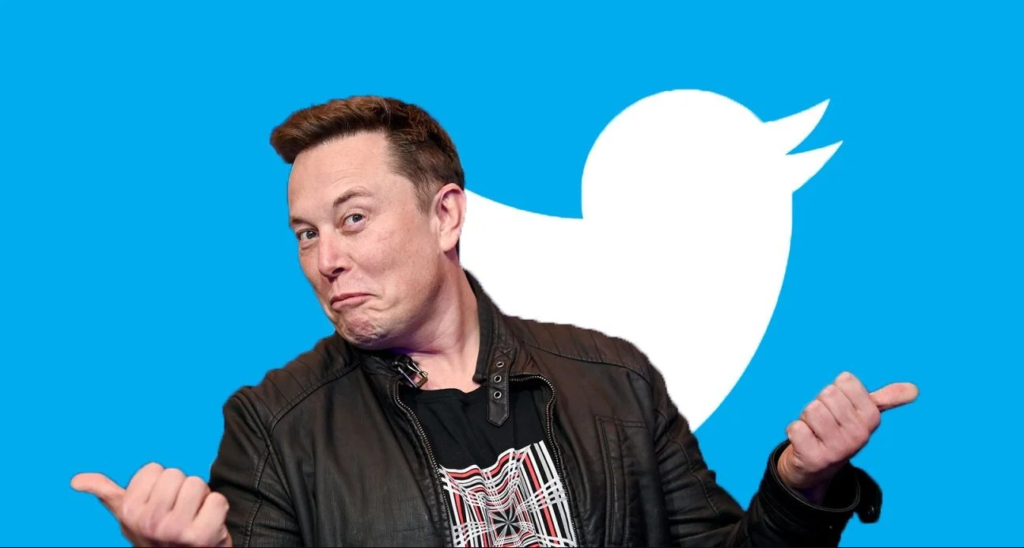|
Getting your Trinity Audio player ready...
|
Twitter is removing the legacy blue verification checkmarks from users who have not signed up for its Twitter Blue subscription service. The whole checkmarks removal operation began yesterday and currently, verification checkmarks of prominent Twitter account holders have disappeared.
Verification checkmarks on accounts of prominent journalists, academics, and celebrities have disappeared including Kim Kardashian, Beyonce, Bill Gates, Pope Francis, former president Donald Trump, and Twitter founder Jack Dorsey.
The change has also impacted some government agencies, including the official account for US Citizenship and Immigration Services and accounts for some state Customs and Border Patrol offices. Although the blue check marks have been replaced with gray checks for government accounts, the rollout of the change has been somewhat glitchy, with some blue checks disappearing and reappearing on some accounts.
The move to remove blue verification check marks could discourage some high-profile users from using the platform, with some users already tweeting that they plan to leave the site. The change also threatens to create a greater risk of impersonation of high-profile users and confusion over the veracity of the information on the platform.
Twitter had previously said that it would “begin winding down” blue checks granted under its old verification system on April 1, and users who wish to remain verified would have to pay $8 per month to join the platform’s Twitter Blue subscription service, which has allowed accounts to pay for verification since December. However, Twitter removed the check mark from a single account from The New York Times and changed the language on its site in a way that obscures why users are verified.
Elon Musk has previously presented changes to Twitter’s verification system as a way of “treating everyone equally” and eliminating spam and scam accounts. However, experts in online inauthentic behavior have said the plan is unlikely to deter bad actors who could just as easily pay to be verified.
The decision to move forward with the change is the latest example of Musk’s Twitter upending the experience for users and could potentially impact many of the most high-profile accounts that have long been a key selling point for the platform.
Some prominent users, such as actor William Shatner and anti-bullying activist Monica Lewinsky, have previously pushed back against the idea that they should have to pay for a feature that keeps them safe from impersonation. On Thursday, before the check marks disappeared, Lewinsky implied in a tweet that she would also leave the platform following the change.
Twitter has faced criticism in recent years for its handling of high-profile users and misinformation on the platform. In response, the company has made various changes to its policies, including its verification system.
The blue verification check marks were initially introduced as a way to confirm the identity of high-profile accounts, but the system has faced criticism for being arbitrary and unclear. Twitter has attempted to improve the system by introducing new guidelines and criteria for verification, as well as offering paid verification through its subscription service.
However, the decision to remove the blue check marks from accounts that have not signed up for Twitter Blue has been met with criticism and confusion. Some users have expressed concern that the change could make it easier for impersonators and fake accounts to spread misinformation and scam users.
In response to the backlash, Twitter has stated that it will review the removal of blue check marks on a case-by-case basis and that it is committed to improving the verification process on the platform. However, it remains to be seen how the change will affect the user experience on Twitter, particularly for high-profile users who may be at risk of impersonation.
Overall, the decision to remove blue check marks from unverified accounts has highlighted the ongoing challenges of managing a social media platform that is used by millions of people around the world. As Twitter and other platforms continue to evolve, it will be important to find a balance between protecting users from harm and maintaining the free flow of information and expression that is central to the internet.
The move by Twitter to remove the blue verification check marks has also raised questions about the role of social media platforms in shaping public discourse and political opinion. Some experts have suggested that the change could further erode trust in the platform, which has been at the center of numerous controversies in recent years.
The removal of blue checks from high-profile users has also led to concerns about the impact on journalism and the media. Journalists and news organizations have long relied on Twitter as a tool for sharing news and engaging with audiences, and the removal of verification check marks could make it harder for journalists to establish their credibility on the platform.
At the same time, some have argued that the blue check marks have become less meaningful over time, as the criteria for verification have become increasingly opaque and difficult to understand. Twitter has acknowledged these concerns and has promised to review the verification process to ensure that it is fair, transparent, and effective.
Despite these challenges, social media platforms like Twitter are likely to remain central to public discourse and political communication in the years to come. As the platforms continue to evolve and adapt to new challenges, it will be important for users, policymakers, and civil society organizations to engage in ongoing dialogue and debate about the best ways to ensure that these platforms are safe, transparent, and accountable to their users.
